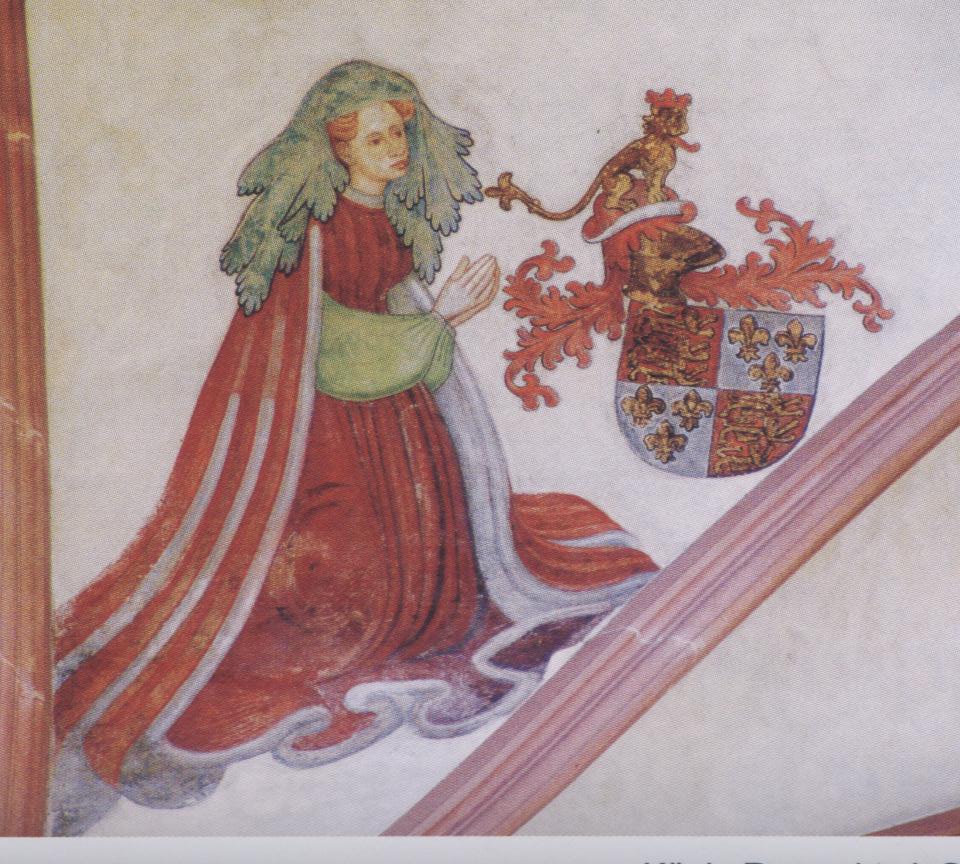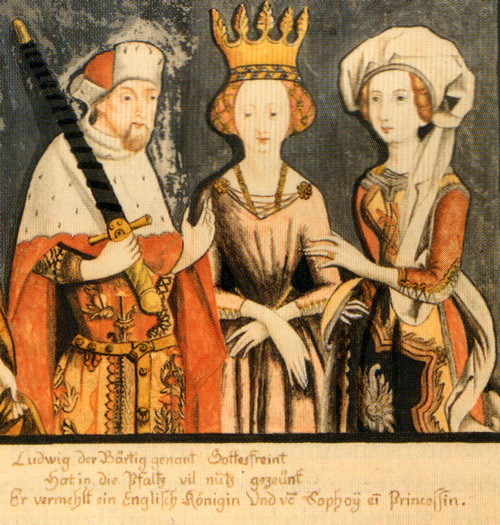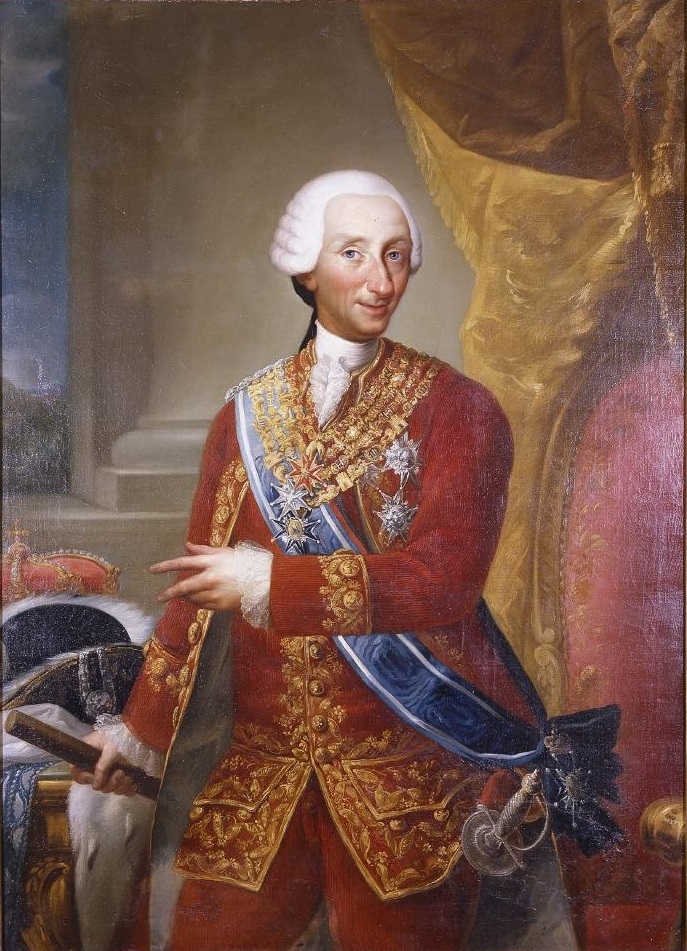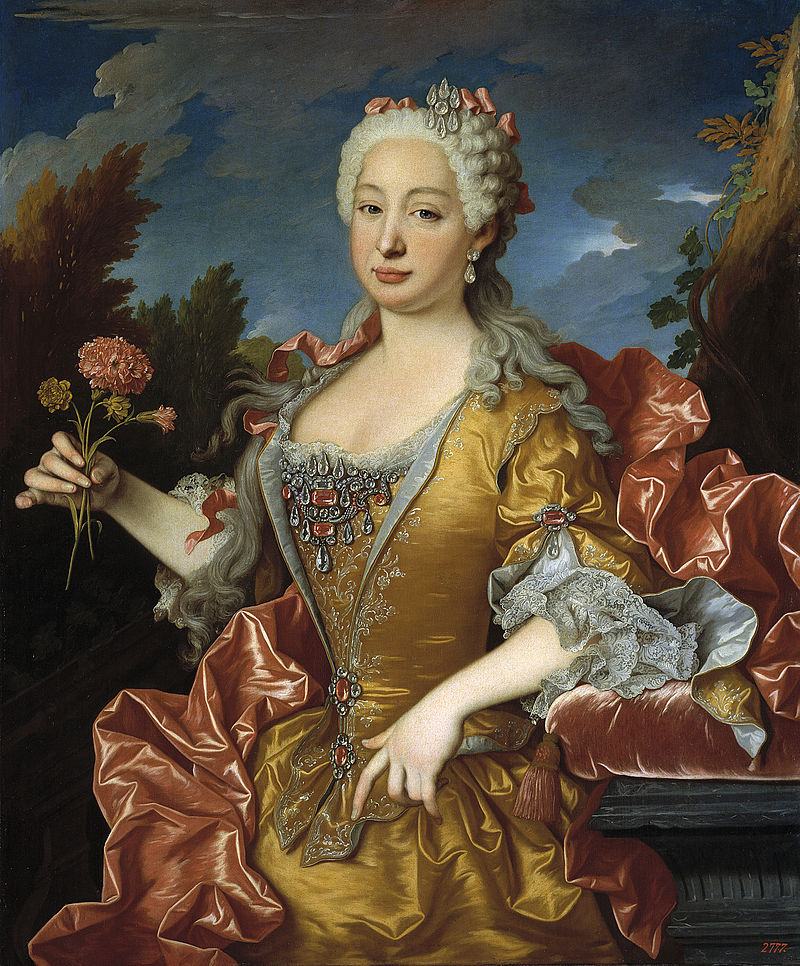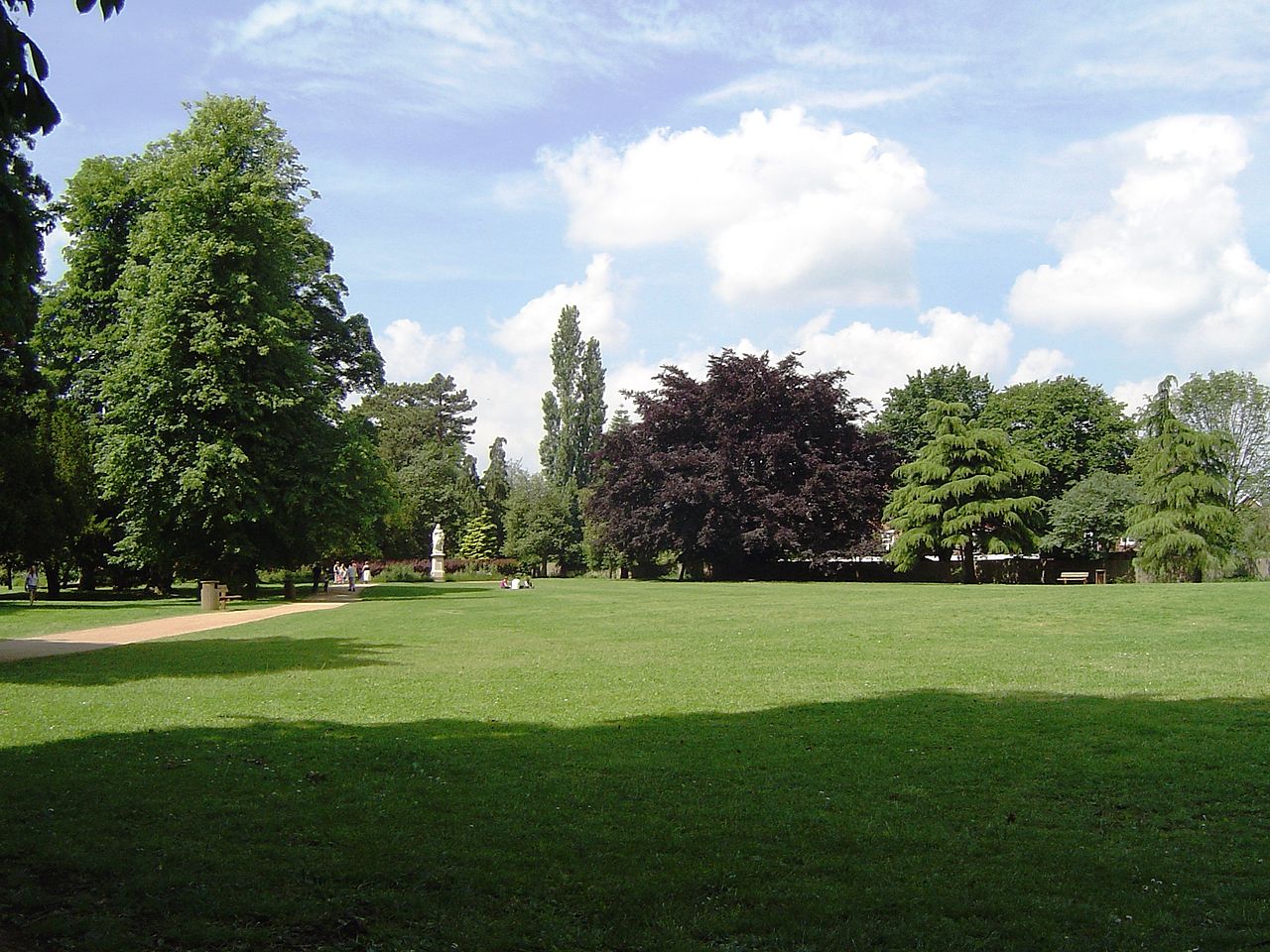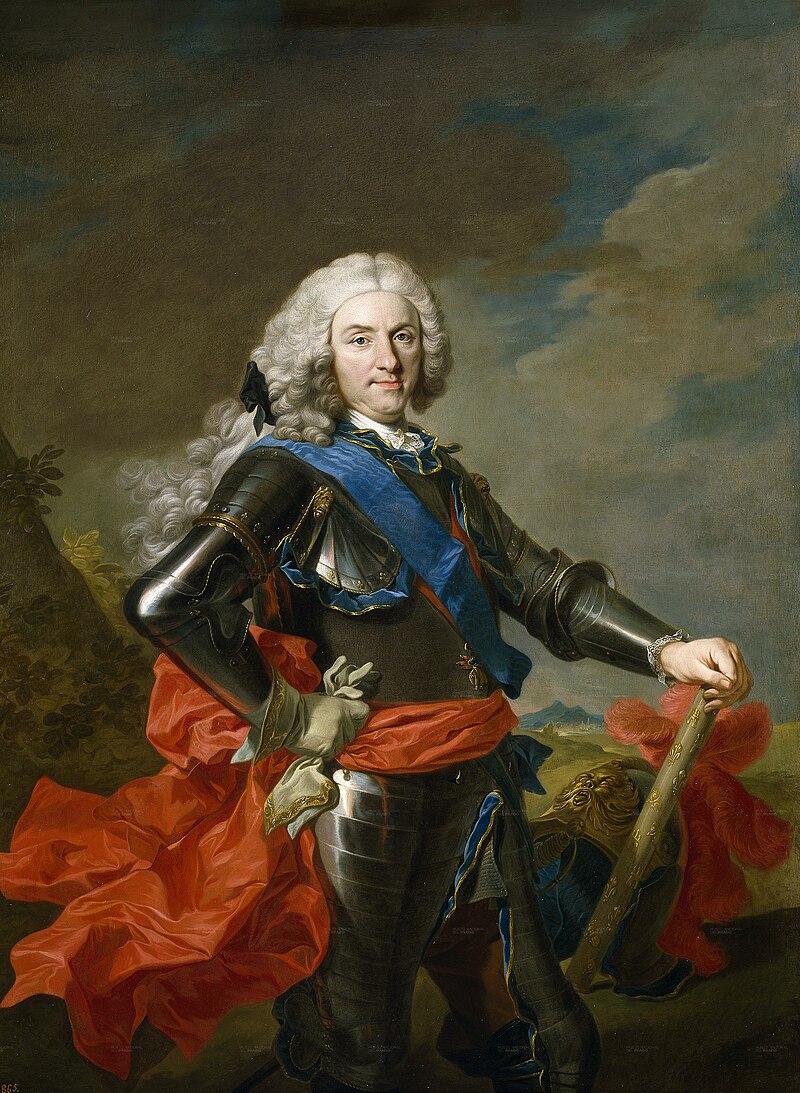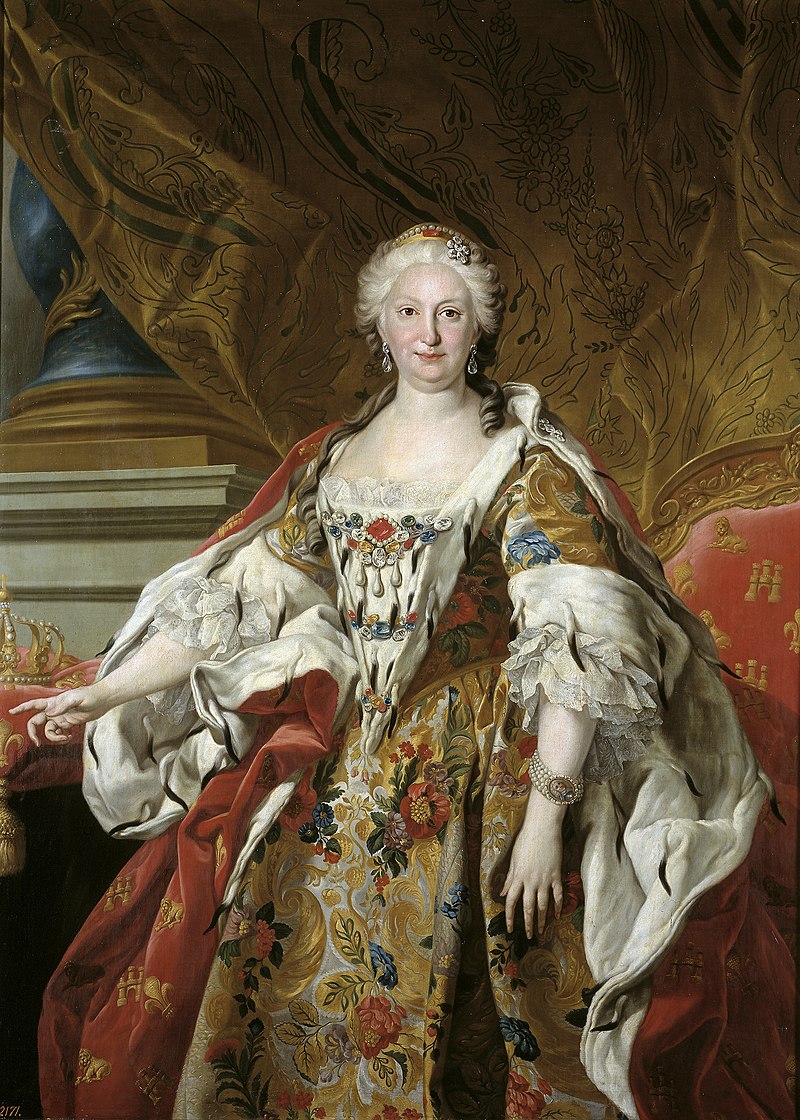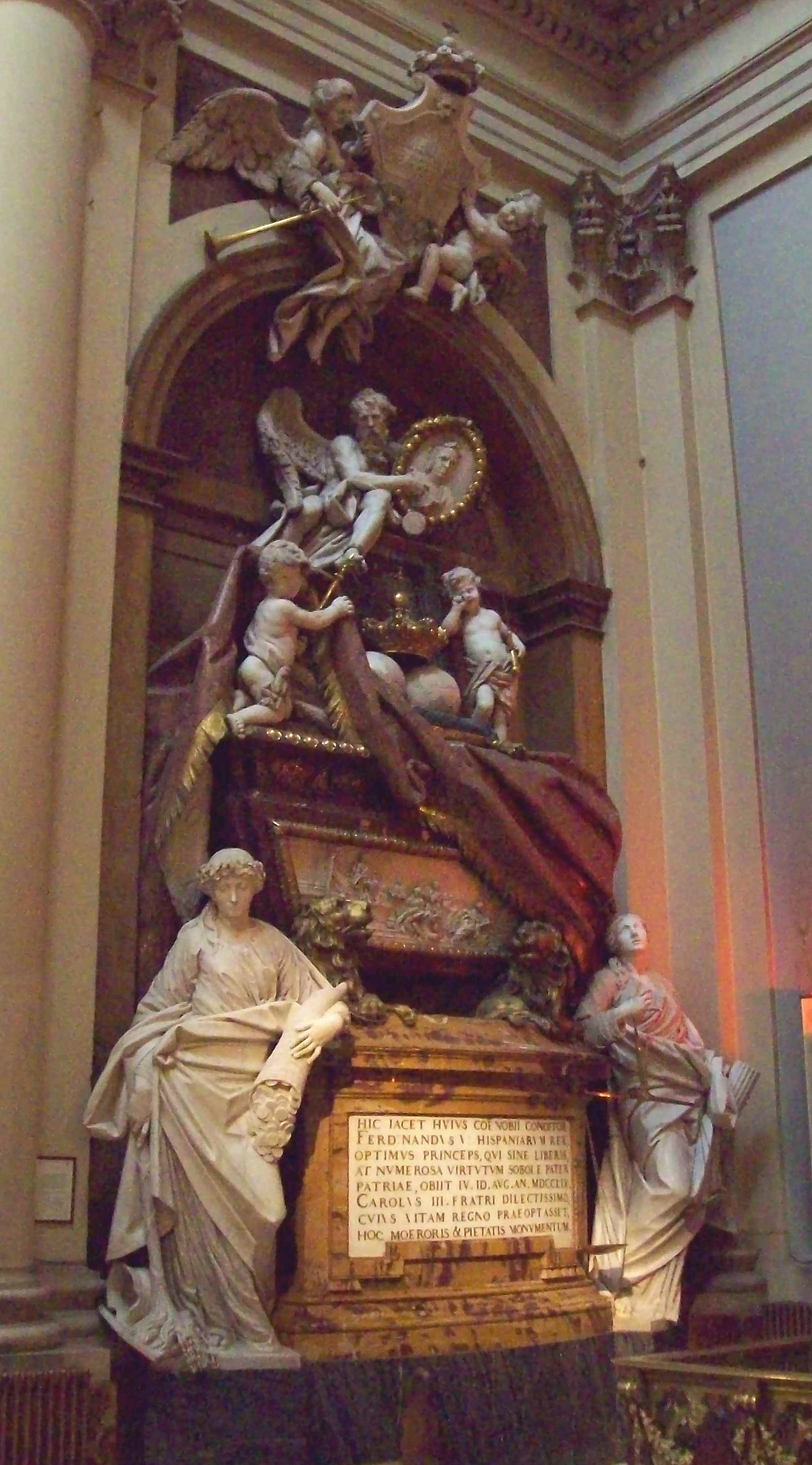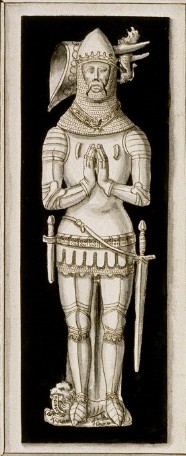by Susan Flantzer and Scott Mehl
© Unofficial Royalty 2023

King Constantine II of Greece; Credit – Wikipedia
King Constantine II, the former King of Greece, died at Hygeia Hospital in Athens, Greece on January 10, 2023, at the age of 82. He had been admitted to the intensive care unit at the hospital a couple of days earlier. King Constantine II was survived by his wife, Queen Anne-Marie of Greece (born a Princess of Denmark), his elder sister Queen Sofia of Spain, his younger sister Princess Irene of Greece, his five children Princess Alexia, Crown Prince Pavlos, Prince Nikolaos, Princess Theodora, and Prince Philippos, and nine grandchildren. King Constantine II was the only son of King Paul of Greece (reigned 1947 – 1964) and Princess Frederica of Hanover.
On March 6, 1964, King Paul died and twenty-three-year-old Constantine became king. On April 21, 1967, a coup d’état led by a group of army colonels took over Greece. A military junta ruled Greece from 1967 – 1974. For more information see Wikipedia: Greek military junta of 1967–74 On December 13, 1967, King Constantine attempted a counter-coup against the military junta which failed, and King Constantine and his family had to flee to Italy. The family lived for two months in the Greek embassy and then for the next five years in a house in a suburb of Rome. King Constantine remained the head of state in exile until June 1, 1973, when the junta abolished the monarchy. In 1974, after the fall of the junta, a referendum by the Greek people confirmed the abolition of the monarchy and the establishment of the Third Hellenic Republic.
In 1973, the family moved to England, living first in Chobham, Surrey, and later in the London suburb of Hampstead. The Greek government did not permit King Constantine to return to Greece until 1981 when he was allowed to enter Greece for several hours to attend the funeral of his mother Queen Frederica. King Constantine and his family paid a private visit to Greece in 1993. After 2003, when a property dispute between Constantine and the Greek government was settled, Constantine and his family were able to make visits to Greece and purchase a summer home there. In 2013, former King Constantine II permanently returned to reside in Greece.
*********************
Metropolitan Cathedral of the Annunciation in Athens, Greece
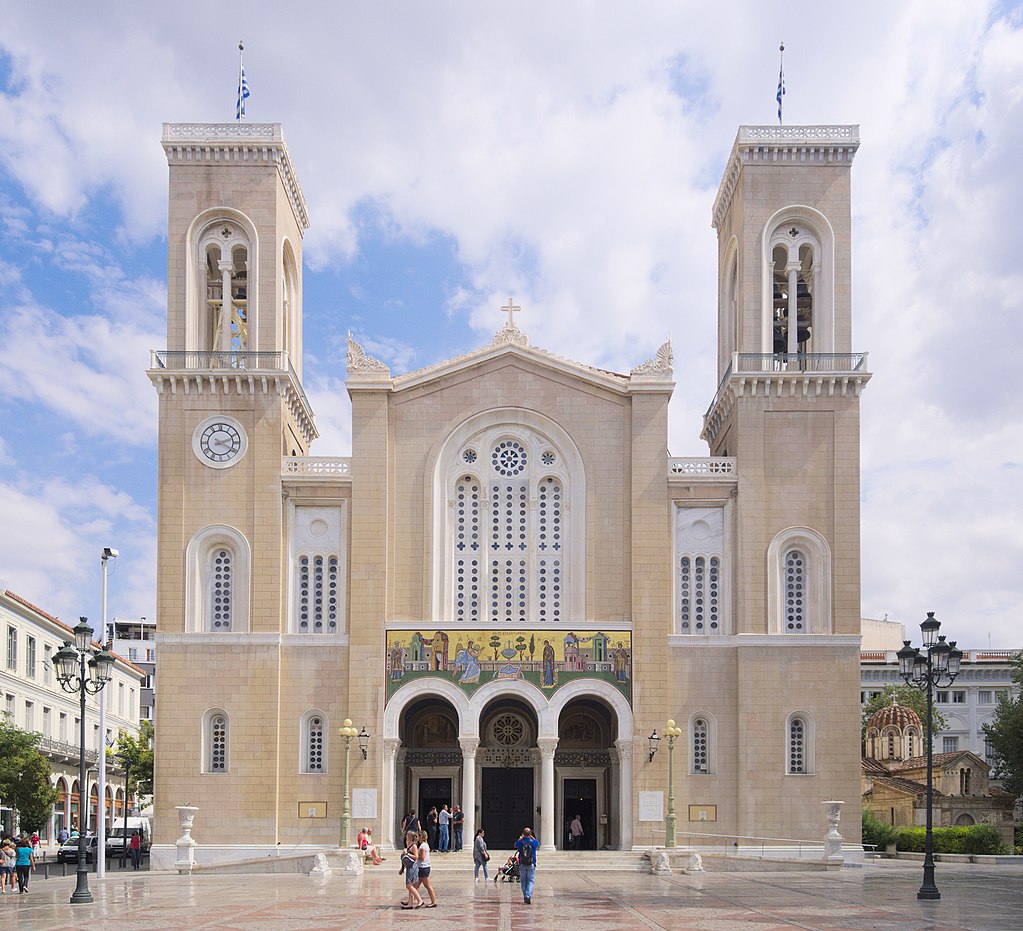
Metropolitan Cathedral of the Annunciation; Credit – By C messier – Own work, CC BY-SA 4.0, https://commons.wikimedia.org/w/index.php?curid=51359657
The funeral for King Constantine II of Greece was held on January 16, 2023, at the Metropolitan Cathedral of the Annunciation in Athens, Greece, followed by the burial at the Royal Cemetery on the grounds of Tatoi Palace, the former summer palace of the Greek royal family, near Athens, Greece. Ieronymos II, Greek Orthodox Archbishop of Athens presided over the ceremonies.
The Greek Orthodox Metropolitan Cathedral of the Annunciation has been the site of important ceremonies including weddings and funerals of notable personalities including Greek royalty. It is likely that there would have been more royal events at the Metropolitan Cathedral had the Greek royals not been in exile from 1924 – 1935 during the Second Hellenic Republic and from 1967 – 2003, after the monarchy was abolished and until former King Constantine II was allowed to once again to enter Greece. The most recent royal event prior to King Constantine II’s funeral was the religious wedding of Prince Philippos, the youngest child of former King Constantine II, and Nina Nastassja Flohr, held at the Metropolitan Cathedral on October 23, 2021.
*******************
Funeral Controversy
After the death of former King Constantine II, the Greek government held a meeting chaired by Prime Minister Kyriakos Mitsotakis, and the following decisions were made:
- The former King would not receive a state funeral and would be buried as a private citizen.
- The burial would take place near his ancestors at the Royal Cemetery on the grounds of Tatoi Palace.
- There would be no lying-in-state.
- In consultation between the government and the family, the church would be designated in which the funeral will take place,
- The government would be represented at the funeral by the Minister of Culture and Sports, Lina Mendoni.
- All the procedures provided by the protocol for the officials from abroad attending the funeral would be observed.
There was backlash over the Greek government’s decisions regarding King Constantine II’s funeral. As a result, Prime Minister Kyriakos Mitsotakis agreed to allow an unofficial lying-in-state and the honors of a state leader in a private funeral. King Constantine II would lie in state at the Agios Eleftherios Chapel in Athens, Greece, next to the Metropolitan Cathedral, from 6:00 AM – 11:00 AM on January 16, 2023, the day of the funeral, to allow members of the public to pay their respects. At 12:00 PM, there would be a procession to the nearby Metropolitan Cathedral of the Annunciation. Two hundred guests were expected at the funeral including seven current monarchs who are also heads of state, which is why it was decided that Deputy Prime Minister Panagiotis Pikrammenos would represent the Greek government. Prime Minister Mitsotakis allowed any member of the Greek government to attend the funeral. After the funeral, King Constantine’s body would be taken to the Royal Cemetery at Tatoi Palace for a private burial.
*******************
The Lying-in-State at the Agios Eleftherios Chapel in Athens, Greece

Agios Eleftherios Chapel; Credit – Wikipedia
On January 16, 2023, from 6:00 AM to 11:00 AM, King Constantine’s coffin lay in state in the Agios Eleftherios Chapel, next to the Metropolitan Cathedral in Athens, Greece. Thousands of mourners filed past the coffin.
Members of the public pay their respects in the Agios Eleftherios Chapel
Afterward, there was a procession to the Metropolitan Cathedral, headed by a crucifer, followed by two priests and Ieronymos II, Greek Orthodox Archbishop of Athens, then the coffin draped in the flag of Greece, and finally King Constantine’s three sons.
The procession leaving Agios Eleftherios Chapel, heading to the Metropolitan Cathedral
*******************
The Funeral at the Metropolitan Cathedral of the Annunciation in Athens, Greece
Embed from Getty Images
The coffin was carried into the nave of the Metropolitan Cathedral with King Constantine’s three sons following
After the procession from the Agios Eleftherios Chapel, King Constantine’s coffin was carried through the nave of the Metropolitan Cathedral and placed in the center of the chancel.
Crown Prince Pavlos pays his respects to his father with his brothers waiting for their turns. King Constantine’s honors can be seen beside the coffin.
Floral wreaths, icons, King Constantine’s honors, and his Olympic gold medal were placed beside the coffin. In the 1960 Summer Olympics in Rome, the then Crown Prince Constantine won a Gold Medal in Sailing Mixed Three Person Keel. The wreaths beside the coffin were made from lilies of the valley, the same flowers used for Queen Anne-Marie’s bridal bouquet.
Crown Prince Pavlos greets his first cousin King Felipe VI of Spain and his wife Queen Letizia on the steps of the Metropolitan Cathedral
Before the funeral started, Crown Prince Pavlos stood at the top of the cathedral’s steps and greeted the royal guests as they arrived.
The funeral was the traditional Greek Orthodox funeral, chanted by Archbishop Ieronymos II and twenty other priests. To their right and left were two Byzantine choirs who also chanted part of the funeral service.
Crown Prince Pavlos gave a speech eulogizing his father
Crown Prince Pavlos, King Constantine II’s eldest son, gave a very moving eulogy, first in Greek and then in English, directly addressing his father. Pavlos made a poignant reference to his father as an Olympic gold medal winner.
Dear Papa, Constantine, Your Majesty, Grandfather, Olympic Champion,
For your dear Queen, our Mother, for us the children, your grandchildren, and for all those who come together on this day to say farewell to you for the last time, and for all those who honor your memory, and for all those for whom it is not possible to be here today.
My father, this is not the end. You shall always live in our minds and hearts, as it happens in every Greek family when they lost the dearest and most precious figure in their life.
At a very young age, you lost your father, King Pavlos, my grandfather, however, you always remained loyal to the legacy that he conveyed to you. When at the age of eighteen, you became Crown Prince of Greece and received your commission as an officer in the glorified Greek armed forces, his advice to you, and this was very dear to you, and I quote: “Devote your life to the happiness of the Motherland for it is the most noble, remarkable mission. Always remember that it is better for the king to suffer and not for the people or the country. You are the guardian and protector of your Church.” This is the legacy my grandfather left to you, that has now passed to myself, my brothers, your grandchildren, and we will protect it and honour it for the rest of our lives.
As an Olympian, you honoured your country by winning the gold medal for the 1960 Olympic Games. You brought honour to the blue and white flag of Greece and to our homeland. Your victory was a feat of tactical and physical endurance on the sea that you and your close crew navigated toward an ultimate victory.
It was a truly challenging era when you ascended the throne, dear Father. Hard conflicts, opposite passions, and the results that no one wished for. From the very first moment, you tried to overthrow the coup, your efforts did not come to a successful result. Yet you did not wish that your presence in Greece would provoke bloodshed. Always loyal to the legacy your father had given to you, you respectfully accepted the decision of the Greek people.
Your love for youth, education, and international sport has been constant. You formed the Hellenic College of London, the international school organisation of Round Square, as well as active participation in the International Olympic Committee and the World Sailing Federation. Your relationship with the International Olympic Committee led to our 2004 Olympics being here in Greece which was one of your greatest feats.
Family was a core value to you and our mother. It has always been our strong belief that it is the foundation of society. Together, you created a large family, inseparably united by love for each other and a sense of duty for the country. By the grace of God, you drew your last breath in our country, which you always loved above all else throughout your life.
On this day, we, your children, your grandchildren, we are the future of your family here in our land and around the world, are ready, as you have always been, to offer to Greece whatever the country asks of us.
My strength is in the love of the people. This has always been the motto and guiding light of our family. For us, and for all Greeks, the strength of the country lies in the love of the Greek people for their homeland. We, as you dear Papa, always love Hellas and its people.
Safe journey!
*******************
The Burial at the Royal Cemetery on the grounds of Tatoi Palace
The burial of King Constantine
With the exception of King Otto, originally a Prince of Bavaria, and his wife, who returned to the Kingdom of Bavaria after Otto was deposed in 1862, and are buried in Munich, now in Germany, all other Greek kings and their wives, along with other family members, are buried at the Royal Cemetery on the grounds of Tatoi Palace, the former summer palace of the Greek royal family, near Athens, Greece. Tatoi Palace has not been used by the Greek royal family since 1967 and is now the property of the Greek government.
Some of the land surrounding Tatoi Palace was damaged in the 2021 wildfire season and there had not been any clean-up. After the announcement that King Constantine would be buried there, clean-up crews arrived. Burnt trees were removed, new trees were planted, new gravel paths were installed and the Church of the Resurrection near the Royal Cemetery was repaired. On January 12, 2023, Constantine’s sisters Queen Sofía of Spain and Princess Irene of Greece, his daughter-in-law Princess Nina of Greece, and Matthew Kumar, the fiancé of his daughter Princess Theodora of Greece, visited the Royal Cemetery to check on the clean-up effort.
After the funeral, King Constantine’s coffin was driven 18 miles/29 kilometers to Tatoi Palace in a convoy of forty cars carrying family and guests and accompanied by a police escort and two helicopters. Family, close friends, and some foreign royalty attended the burial. After a short ceremony at the Church of the Resurrection near the Royal Cemetery, King Constantine was buried next to his parents King Paul who died in 1964, and Queen Frederica who died in 1981.
King Constantine’s coffin is carried from the Church of the Resurrection to his grave
Constantine’s sons Crown Prince Pavlos, Prince Nikolaos, and Prince Philippos and his grandsons carried the coffin from the Church of the Resurrection to the grave. No press or photographers were allowed at the burial although the Private Office of HM King Constantine of Greece later provided photos of the burial.
********************
Family Background

Left to right: Constantine, his mother Queen Frederica, his elder sister Sofia, his younger sister Irene, and his father King Paul I in 1947; Photo Credit – www.britannica.com
King Constantine II was well-connected to many current and former royal families of Europe. King Constantine II’s parents were King Paul of Greece and Princess Frederica of Hanover, both descendants of Queen Victoria of the United Kingdom‘s eldest daughter Victoria, Princess Royal who married Friedrich III, German Emperor. Through his father, King Constantine II was also a descendant of King Christian IX of Denmark.
The descendants of Queen Victoria sit upon the thrones of Denmark, Norway, Spain, Sweden, and, the United Kingdom. King Christian IX’s descendants sit upon the thrones of Belgium, Denmark, Luxembourg, Norway, Spain, and the United Kingdom. Their descendants also sat upon many former European thrones including Greece, Romania, and Serbia. Therefore, a large contingent of foreign royalty attended the funeral. Because King Constantine’s funeral was a private funeral and not a state funeral, many of the approximately 200 guests who attended the funeral were close or extended family members and other people close to the Greek royal family.
Royal Guests with Their Relationship to King Constantine II
King Constantine’s family
Family Members
- Queen Anne-Marie (wife, born Princess Anne-Marie of Denmark)
- Crown Prince Pavlos (son) and his wife Crown Princess Marie-Chantal
- Princess Maria-Olympia (granddaughter, daughter of Crown Prince Pavlos)
- Prince Constantine-Alexios (grandson, son of Crown Prince Pavlos)
- Prince Achileas-Andreas (grandson, son of Crown Prince Pavlos)
- Prince Odysseus-Kimon (grandson, son of Crown Prince Pavlos)
- Prince Aristidis-Stavros (grandson, son of Crown Prince Pavlos)
- Princess Alexia (daughter) and her husband Carlos Morales Quintana
- Arrietta Morales y de Grecia (granddaughter, daughter of Princess Alexia)
- Anna-Maria Morales y de Grecia (granddaughter, daughter of Princess Alexia)
- Carlos Morales y de Grecia (grandson, son of Princess Alexia)
- Amelia Morales y de Grecia (granddaughter, daughter of Princess Alexia)
- Prince Nikolaos (son) and his wife Princess Tatiana
- Princess Theodora (daughter) and her fiancé Matthew Kumar
- Prince Philippos (son) and his wife Princess Nina
- Queen Sofía of Spain (sister) and her husband the former King Juan Carlos of Spain
- Princess Irene of Greece (sister)
- Infanta Elena, Duchess of Lugo (niece, daughter of Queen Sofia)
- Felipe de Marichalar y Borbón (great-nephew, son of Infanta Elena, Duchess of Lugo)
- Victoria de Marichalar y Borbón (great-niece, daughter of Infanta Elena, Duchess of Lugo)
- Infanta Cristina of Spain (niece, daughter of Queen Sofia)
- Juan Urdangarin y Borbón (great-nephew, son of Infanta Cristina)
- Pablo Urdangarin y Borbón (great-nephew, son of Infanta Cristina)
- Miguel Urdangarin y Borbón (great-nephew, son of Infanta Cristina)
- Irene Urdangarin y Borbón (great-niece, daughter of Infanta Cristina)
- Prince Michael of Greece (first cousin once removed) and his wife Marína, Consort of Prince Michael of Greece
- Princess Alexandra of Greece (second cousin, daughter of Prince Michael)
- Darius Mirzayantz (second cousin once removed, son of Princess Alexandra)
Current Monarchies
Foreign royalty attending the funeral: In the front row are the monarchs of Denmark, Sweden, Luxembourg, Monaco, the Netherlands, Belgium, and Spain, sitting in precedence according to the length of reign from right to left. Other members of royal families are behind them
- King Philippe of the Belgians (third cousin once removed) and his wife Queen Mathilde
- Queen Margrethe II of Denmark (sister-in-law)
- Princess Benedikte of Denmark (sister-in-law)
- Crown Prince Frederik of Denmark (nephew by marriage)
- Prince Joachim of Denmark (nephew by marriage)
- Queen Noor of Jordan (widow of King Hussein I) representing King Abdullah II of Jordan
- Princess Raiyah bint Hussein of Jordan (daughter of Queen Noor)
- Princess Sarvath al-Hassan of Jordan (wife of Prince Hassan of Jordan, an uncle of King Abdullah II)
- Princess Margaretha of Liechtenstein (third cousin once removed, born a Princess of Luxembourg), representing her brother-in-law Prince Hans-Adam II of Liechtenstein (fifth cousin)
- Grand Duke Henri of Luxembourg (third cousin once removed)
- Prince Albert II of Monaco (sixth cousin once removed)
- King Willem-Alexander of the Netherlands (fourth cousin once removed) and his wife Queen Máxima
- Princess Beatrix of the Netherlands, the former Queen Beatrix (fourth cousin)
- Crown Prince Haakon of Norway (third cousin once removed and Queen Anne-Marie’s second cousin once removed) and his wife Crown Princess Mette-Marit, representing King Harald V of Norway
- Princess Märtha Louise of Norway, (third cousin once removed and Queen Anne-Marie’s second cousin once removed)
- King Felipe VI of Spain (nephew) and his wife Queen Letizia
- King Carl XVI Gustaf of Sweden, (third cousin and Queen Anne-Marie’s first cousin) and his wife Queen Silvia
- Princess Christina, Mrs. Magnuson (third cousin and Queen Anne-Marie’s first cousin)
- The Princess Royal (second cousin) and her husband Vice Admiral Sir Timothy Laurence, representing King Charles III of the United Kingdom (second cousin)
- Lady Gabriella Kingston (second cousin once removed, daughter of Prince Michael of Kent), representing The Prince of Wales (second cousin once removed)
Former Monarchies
Grand Duchess Maria Vladimirovna of Russia, Empress Farah Pahlavi of Iran, Stephanie, Margravine of Baden and Bernhard, Margrave of Baden
- Bernhard, Margrave of Baden (second cousin once removed) and his wife Stephanie, Margravine of Baden
- Tsar Simeon II of Bulgaria, known as Simeon Borisov Sakskoburggotski (fourth cousin once removed)
- Prince Ernst August, Hereditary Prince of Hanover (first cousin once removed) and his wife Princess Ekaterina, representing his father Ernst August V, Prince of Hanover (first cousin)
- Prince Christian of Hanover (first cousin once removed) and his wife Princess Alessandra
- Chantal, Princess of Hanover (former wife of Ernst August V, Prince of Hanover)
- Empress Farah Pahlavi of Iran, widow of Mohammad Reza Pahlavi, the last Shah of Iran
- Prince Radu of Romania, representing his wife Margareta, Custodian of the Crown of Romania (first cousin once removed)
- Grand Duchess Maria Vladimirovna of Russia (third cousin)
- Princess Alexandra Sayn-Wittgenstein-Berleburg, Countess Ahlefeldt-Laurvig-Bille (niece by marriage, daughter of Princess Benedikte of Denmark)
- Crown Prince Alexander II of Serbia (first cousin once removed) and his wife Crown Princess Katherine
This article is the intellectual property of Unofficial Royalty and is NOT TO BE COPIED, EDITED, OR POSTED IN ANY FORM ON ANOTHER WEBSITE under any circumstances. It is permissible to use a link that directs to Unofficial Royalty.
Works Cited
- Athens Bureau. (2023) Former King Constantine was buried in Tatoi next to his parents, Greek City Times. Available at: https://greekcitytimes.com/2023/01/17/former-king-constantine-parents/ (Accessed: January 19, 2023).
- Becatoros, Elena and Tongas, Theodora. (2023) Thousands turn out to bid farewell to Greece’s former king, The Seattle Times. The Seattle Times Company. Available at: https://www.seattletimes.com/business/thousands-turn-out-to-bid-farewell-to-greeces-former-king/?utm_source=RSS&utm_medium=Referral&utm_campaign=RSS_all (Accessed: January 16, 2023).
- Death and Funeral of Constantine II of Greece (2023) Wikipedia. Wikimedia Foundation. Available at: https://en.wikipedia.org/wiki/Death_and_funeral_of_Constantine_II_of_Greece (Accessed: January 16, 2023)
- Euronews (2023) Funeral of Constantine II, Greece’s Last King, YouTube. Available at: https://www.youtube.com/watch?v=jlOht7HoAA8 (Accessed: January 16, 2023).
- Flantzer, Susan. (2014) King Constantine II of Greece, Unofficial Royalty. Available at: https://www.unofficialroyalty.com/king-constantine-ii-of-greece/ (Accessed: January 16, 2023).
- Former King Constantine of Greece Funeral (2023) Getty Images. Available at: https://www.gettyimages.com/search/2/image?events=775924981&family=editorial (Accessed: January 16, 2023).
- Funeral of Greece’s last king, Constantine II, takes place in Athens (2023) The Guardian. Guardian News and Media. Available at: https://www.theguardian.com/world/2023/jan/16/funeral-of-greece-last-king-constantine-ii-takes-place-in-athens (Accessed: January 16, 2023).
- Kitsantonis, N. (2023) Constantine II, the Last King of Greece, dies at 82, The New York Times. The New York Times. Available at: https://www.nytimes.com/2023/01/13/world/europe/constantine-dead.html (Accessed: January 16, 2023).
- Kokkinidis, T. (2023) Former King of Greece Constantine laid to rest near Athens, GreekReporter.com. Available at: https://greekreporter.com/2023/01/16/thousands-last-respects-former-king-constantine-greece/ (Accessed: January 16, 2023).
- Russell, R. (2023) Greece’s last king Constantine II buried in private funeral, BBC News. BBC. Available at: https://www.bbc.com/news/world-europe-64296757 (Accessed: January 16, 2023)
- Van Der Kiste, John, 1999. Kings of the Hellenes: The Greek Kings 1863 – 1974. Stroud: Sutton Publishing.
